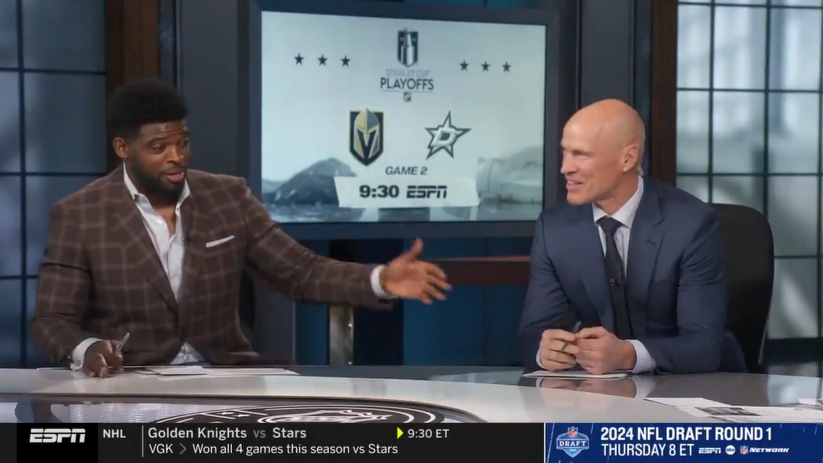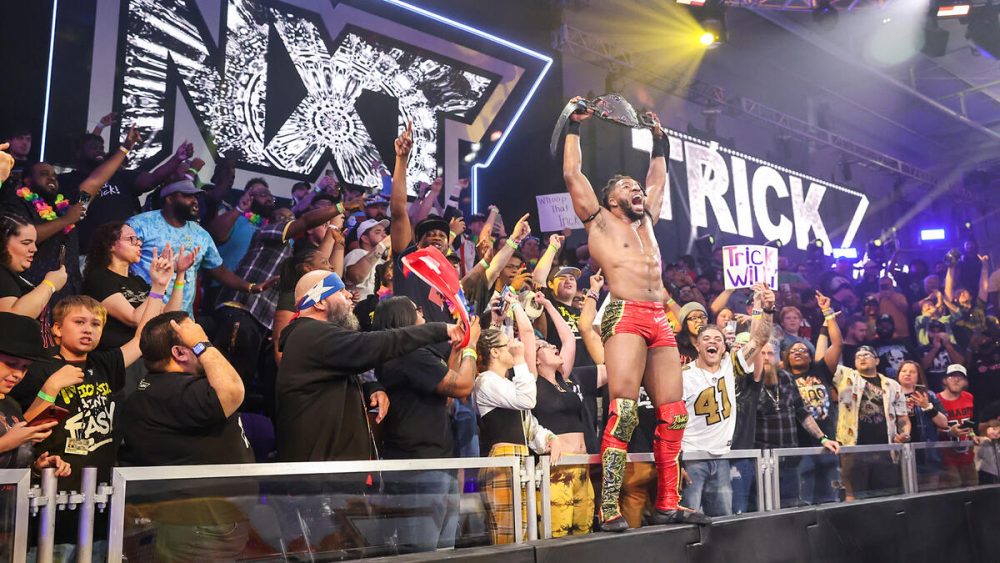Last season one of the dominant stories for the NFL was its sudden and unexpected drop in ratings. After so many years of so much growth, it was shocking to see the NFL’s massive television viewing numbers actually move in the opposite direction.
There were lots of theories as to why the NFL would see a dip in ratings last season – people were obsessed with the election (a reasonable theory) or that people were boycotting Colin Kaepernick (a bit far-fetched although there are poll numbers that support it). Then there is just plain old overexposure (which might be the best explanation).
Heading into this season, it would seem as though the NFL would be set up to rebound with no new 2017 election cycle. While overall ratings were down last season, they did bounce back up once the calendar hit November and benefitted from the success of the Dallas Cowboys and the number of nationally televised games that were shown.
Nevertheless, that may not be the case. According to Variety, evidence shows that advertisers are preparing for another drop in ratings this season for the NFL’s most watched primetime games:
A Variety survey of commercial-ratings projections for the 2017-18 broadcast-network TV season finds that ad buyers believe fewer people than last season will watch commercials during such primetime stalwarts as NBC’s “Sunday Night Football” and the “Thursday Night Football” broadcasts on both NBC and CBS. To be sure, the games remain TV’s top draw, with higher ratings expected for football than almost anything else on next season’s grid. But NFL games are proving just as vulnerable to audience erosion as their scripted counterparts. Advertisers’ commercial ratings predictions are culled by using estimates from three top media-buying agencies, which negotiate prices for and placement of billions of dollars in TV commercials each year.
It’s impossible to predict what might happen politically and culturally this fall that could potentially derail the NFL from the outside. The ratings dip last year certainly has the NFL’s attention and they’ve responded by altering how commercials are aired throughout the games with fewer, yet longer advertising breaks.
Do the predictions from advertisers just reflect a hangover from the sudden decreases last year or is there something that has a deeper and long-term meaning at play?
Perhaps the most interesting comment might come from one of those ad buyers who believes that the NFL has “peaked” and overexposed itself on national television.
The 2017-18 C3 projections illustrate the effects of football’s tough season last year, when the outsize allure of the presidential election and the absence of star players prompted a drop of about 8%, or around 1.4 million people, in TV’s overall football audience. NFL stars Tony Romo, Tom Brady and Peyton Manning were off the gridiron for various reasons at the start of the season (Manning retired), and a slew of political headlines and debates kept the nation distracted from its usual pastimes. The Chicago Cubs took part in the World Series for the first time in decades, providing more competition for sports fans.
Meanwhile, a new supply of Thursday-night games on broadcast has made more of the sport available to a wider audience. “Straight up, I believe the NFL has peaked and there too many games being broadcast,”said Ira Berger, who supervises ad buying on broadcast and cable for The Richards Group, an independent Dallas ad agency. “Nothing goes up forever — except taxes.”
We’ve been wondering for years when the NFL would hit its peak in terms of television ratings. At some point, it just has to because it’s unrealistic to expect it to keep growing and growing ad infinitum. Sports have life cycles, which is why horse racing and boxing aren’t leading your local sports section and baseball has been replaced by football as the national pastime.
The league could bounce back this year, but this is the first time we’ve really seen the idea of the NFL hitting its peak given credence by someone from inside the television industry. Before the shield starts to panic, its numbers still far outpace any other sports league or entertainment property in the country and likely will do so for the foreseeable future.
There are much more important longer term issues with people watching and playing football with the world still learning more about concussions and CTE. Who knows what might happen to football in 50 or 60 years. But in the immediate short term, the idea of overexposure certainly makes sense as the NFL has expanded so rapidly with games now on Thursday, Sunday, and Monday nights as well as some Sunday morning broadcasts from London. If the NFL has reached a point of oversaturation, then they have to own that themselves and figure out if less is more.
This season will be incredibly informative though in letting us know whether or not last year’s decline in numbers was a one-year fluke, or the beginning of a downward trend for the league as it comes down from its ratings heights.
[Variety]







